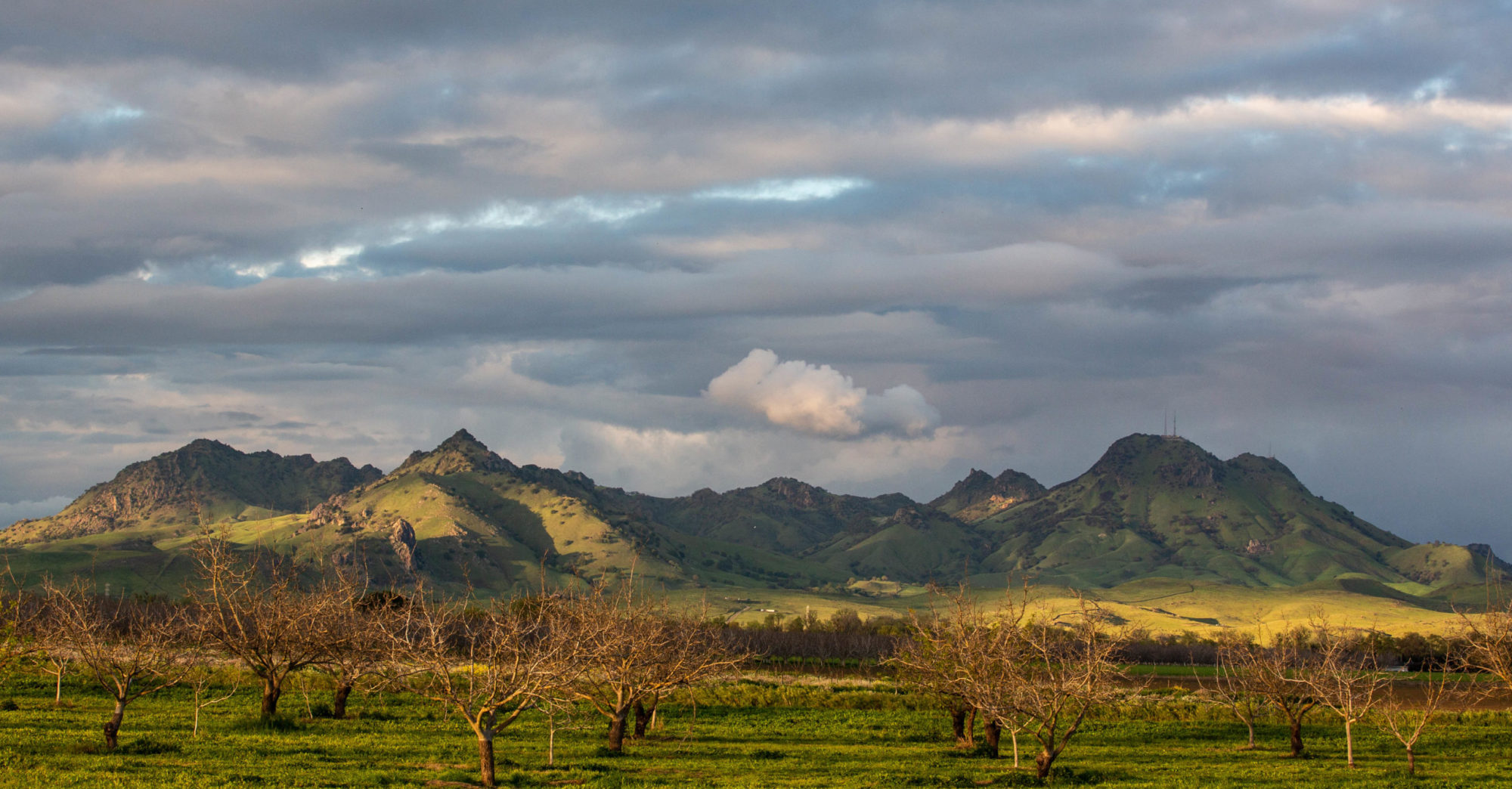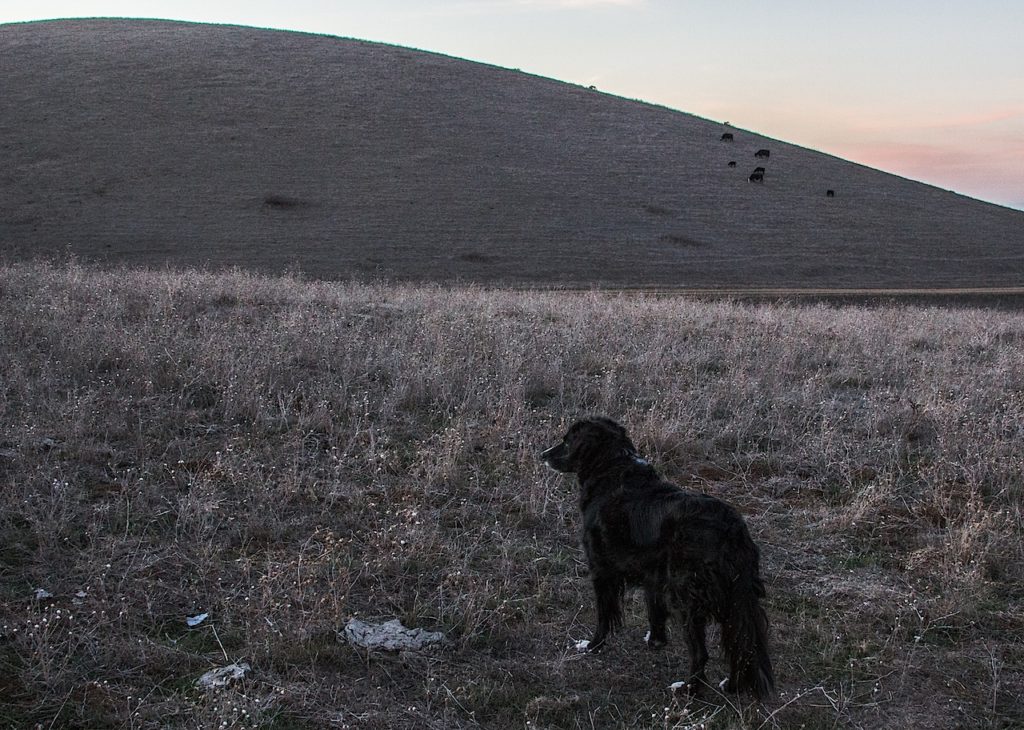Earlier this month, Kate and I drove up to Woodland, a town west of Sacramento, to check out some pickup-truck campers. And since we were up there near the Sacramento River, we took the opportunity to explore a little, driving east and south on Main Street, then Old River Road, to West Sacramento.
We stopped at the junction of Old River Road and Yolo County Road 126 so I could take some pictures of the Sacramento Weir — a structure designed to let high water flow from the river just north of downtown Sacramento into the Yolo Bypass. So I did take some of those pictures of the bypass, which hasn’t had water flowing through it in several years.
But there was also this roadside memorial, for one Jesus Martinez Mora, who died in a traffic accident on this stretch of road in March 2009. Here’s the story from the Sacramento Bee:
The man killed in a fiery two-vehicle crash Monday night in Yolo County has been identified as Jose Jesus Mora Martinez, 65, of Sacramento.
Robert LaBrash, Yolo County’s chief deputy coroner, said cause of death remains under investigation.
The crash occurred on Old River Road about 7:15 p.m. just south of County Road 126 and west of the Sacramento River, said Robert Lagomarsino, a California Highway Patrol officer.
Witnesses said a 1997 Chevrolet pickup truck, driven by Martinez, speeding south on Old River Road, failed to negotiate a curve, Lagomarsino said.
The vehicle went onto the shoulder and spun toward the northbound lane and into the path of a 1996 Toyota Corolla carrying four people, including two babies.
The driver of the Toyota was John Ostergaard Jensen, 25, of Woodland. His passengers were Adrienne Day, 24, a 1-year-old girl and a 3-month-old, Lagomarsino said.
Ostergaard Jensen braked when he saw the out-of-control vehicle but struck the truck’s right side, causing it to flip onto its roof and burn, killing Martinez.
The Toyota also caught fire, but all four people inside escaped. Ostergaard Jensen and Day complained of pain, and Day suffered an abrasion to her shoulder. The two children suffered minor injuries.
It’s easy to see how something bad could happen at this spot. The approach from both directions is straight and fast, followed by a short, compressed S turn with a marked 35 mph speed advisory. While I was standing there, I saw a couple of drivers struggle a little to keep their cars in their lane.
And just out of curiosity, I checked for media accounts of other accidents at the same spot, and found these:
February 2013: A motorcyclist loses control on the curve and slides into group of pedestrians.
October 2014: Husband and wife killed in motorcycle crash after losing control on the curve.

